In honor of Cat Woman Wednesday I’m excited to share with you our interview with Hannah Shaw (aka The Kitten Lady)! For those of you who don’t know about Hannah it’s time that you did! And for those who do who do, hopefully you’ll learn a few new 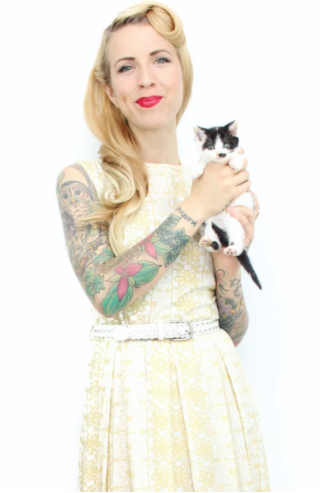 things about her.
things about her.
I won’t lie, when I first found Hannah on Instagram, I thought she was a very attractive, young, hipster taking care of neonatal kittens posting adorable pictures garnering her over 159k followers. Her coolness quotient increased when I found out she’s the daughter of Styx guitarist Tommy Shaw. But there’s WAY more to this lady than meets the eye. The more I learned about her the more impressed I became (as was Amy Poehler who recently featured Hannah on her website!).
Hannah is one of the most articulate and poised young women I know, with strong sense of conviction and a vision. She’s a fierce advocate for community cats, neonatal kitties and fostering. She works to educate the public as well as those within rescue organizations in addition to lobbying to improve conditions for cats and kittens everywhere. I have no doubt this woman will go on to do even greater things that what she’s already been able to accomplish in her young life.
Were you always a cat person?
I was vegan and an animal person, but not a cat person. But then I found Coco [Hannah’s first rescue kitten]. I had no idea what to do but had a sense of personal accountability. If you find an animal you need to take care of it. I got hooked on it, and when you become aw
are of something your eyes adjust to it, become open to it. I’d see a kid sticking his head under a car and ask what they were looking at and they’d say, “there’s a kitten under there.” I wanted to help, and had opportunities to help. The first few years I wasn’t doing it with or for anyone, just on my own. I found 8 or more kittens in the first year.
What motivated you to go vegan?
It was a series of events. I loved squirrels and pigeons (living in Manhattan) and going to zoos. One summer when I was 12 I went on a tour of state fairs with my dad. I’d never been to agricultural places, and I saw all these fa rm animals and thought they were so awesome.
rm animals and thought they were so awesome.
I remember we were in Iow
a or something and there was a pig that had just given birth to piglets. She was in such a small space that she stepped backwards onto one of the piglets who was squealing. I remember going and finding an adult who laughed at me and said, “You like bacon don’t you?” A switch turned in my mind and I was like “Fuck this, I’m not eating animals.”
When I was 15 I went to a show and PETA was there. I went up to the table and said, “I’m a vegetarian,” thinking they would think that’s so cool. They said, “Have you thought about being a vegan?” and I was like “What?” They handed me a pamphlet and I thought, “Oh shit, I guess I’m a vegan now.” So I just ate bagels and PBJ sandwiches. No one in my family knew how to feed me.
Much has been written about your first cat Coco, your first ever kitten rescue, but can you tell us how your second cat Eloise came into your life?
My friend called me when she was working at a mobile spay clinic, and saw a guy walking up to a drop box [at a shelter]. Once you put an animal in there and close it, you can’t open it again. So my friend ran over before he could close the door. He told her, ”I found this kitten outside so I’m just dropping her off,” the kitten looked terrible. My friend called me and totally downplayed it. “She’s so cute, you’ll get her adopted in about a week. She has just a small eye infection.”
Then I got there and I was like “what the hell.” She had the worst eye infection I’ve ever 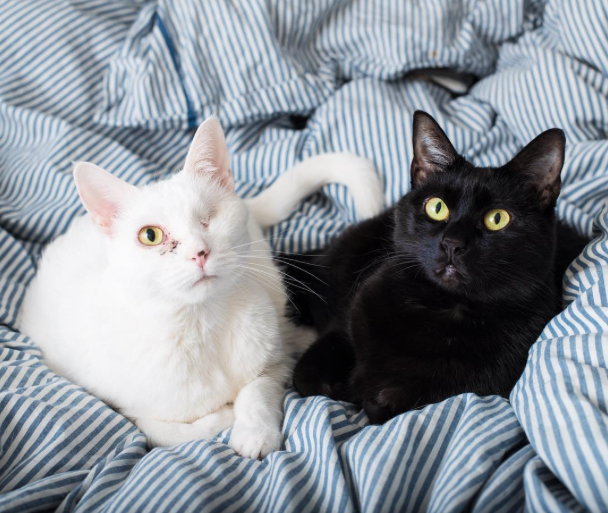
seen. Both her eyes were totally blown-out, so I worked on her really hard, but one of them never did heal and she’s been blind in it for years. I adopted her out to what was a good home – or so I thought – and went on tour.
A month later the lady returned her saying she was too hyper – the only return I’ve ever had! I told Eloise, “No one is going to take care of you better than I am, so you can just stay.” She’s a little bit shier than Coco – who’s the kind of cat that, if there’s a party thinks it’s for her). They’re best friends.
Did you set out to become a famous internet cat celebrity?
I come from the advocacy world, my intention was never to be an internet sensation, I, didn’t even know about the famous internet cats. For me It’s about transformative social justice work that I try to make accessible. I’m using the fact that people on the internet love cats to create a vehicle for creating social change. People think, “look at the cute kittens and this cool chick with tattoos,” and then I hit them with reality and many of them get it.
Personally I don’t like the term Cat Lady – or worse, Crazy Cat Lady. What is your take on these monikers?
My degree is in psychology and gender studies. Feminism is as important to me as animal advocacy. I think the “Crazy Cat Lady” trope can be problematic. It discourages men and women from getting involved.
The whole point of Kitten Lady is changing perceptions of fostering and what being a “Cat Lady” is. You can be social, not be a shut-in, be busy, travel and still do it [foster, have cats]. Having Kitten Lady [as a persona/bra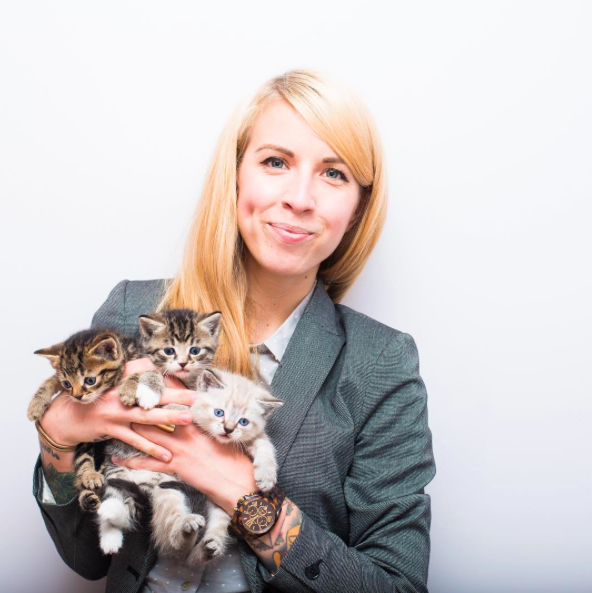 nd], makes me even more stringent about how I do things. I have to have personal boundaries and modeling appropriate fostering behavior because many people have told me they now foster because of me.
nd], makes me even more stringent about how I do things. I have to have personal boundaries and modeling appropriate fostering behavior because many people have told me they now foster because of me.
People think that cat people are crazy cat ladies. I’m not crazy. I’m the most intentional
person when it comes to making change for cats and I try to show that
One thing I do is help teach people about how to become better advocates for cats, and how to change laws in their communities. Put away the cat ears, get your lint brush and don’t bring your photos of your cats with you! If you are going to change the law, you have to go in as a normal participant of society.
To what do you attribute your interest in neo-natal kittens?
I had experiences that led me to feel protective of animals, particularly kittens. Growing up I had a “fragile” collection – a shelf in my bedroom with little porcelain things. I liked the idea of being trusted with small frail things.
I remember being a little kid – I must have been 6 or 7 – and going to a party in a farm setting in the country (I lived in Manhattan and had never been on a farm). There was a barn kitten there and someone let me hold her. They told me, “If she falls asleep in your 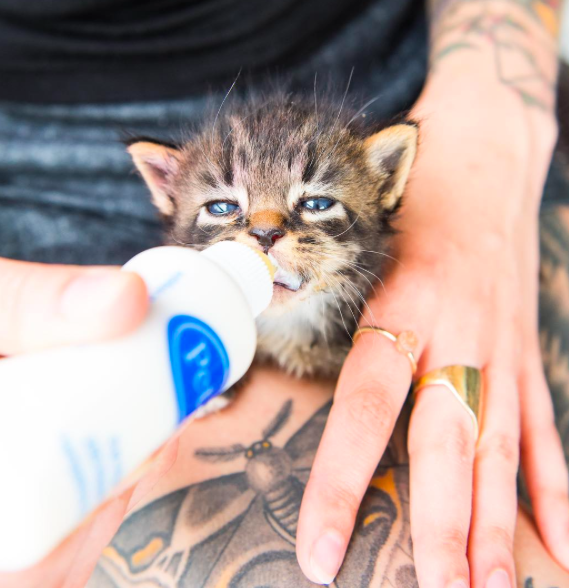 hands then she trusts you,” and she did. That she trusted me was so big.
hands then she trusts you,” and she did. That she trusted me was so big.
I feel such a duty to be there for them, they are so vulnerable and so small. I want to be the one to take care of them.
You have a strong point of view about people who end up keeping their foster cats or kittens. Can you tell us about it?
Part of my message is that you shouldn’t “foster fail.” I say foster failing is not necessarily failing if you are a place where it makes sense for you to adopt and you have space. But the thing I find troubling is the whole culture of encouraging people to foster-fail – “he’s so cute you have to keep him,” “You totally need to keep him” etc – instead of encouraging them not to keep them [and adopting them out]. I’m actually in the middle of a survey of people who’ve fostered kittens under 8-weeks of age who didn’t have a mom. Over 50% of people who stopped fostering stopped because of a foster fail.
Debunk the most popular myths for us about outdoor cats.
There’s a lot of different ways to be a cat. People have a very specific idea of what a cat should be. This idea that they have to be indoor cats or they’re better off dead. We’re doing them such a disservice. Domestication is such a recent thing in the history of humans and cats. It’s really damaging that we forget the ancestry of cats. The reality is that about 50%  of cats in the US are not owned. People think they are dumped but they aren’t, there are simply a lot of cats outside and the best course of action is to spay or neuter them.
of cats in the US are not owned. People think they are dumped but they aren’t, there are simply a lot of cats outside and the best course of action is to spay or neuter them.
People think they are doing something good by calling animal control when they see a cat or a kitten outside. They believe they’ll be safer there. When you find a kitten and take it, you’re usually taking him/her away from its mom. And most shelters won’t hold onto a kitten for even a week given all the resources it takes to care for them.
The fact is that 7 out of 10 cats that go to a shelter die there. And there’s a lot of research on where people are more likely to adopt cats from, and it’s more commonly from the streets rather than a shelter. I don’t recommend people bring a kitten under 8 weeks old to a shelter.
Do you think we can have a kill free country in your lifetime?
All that no kill sheltering means is that programs are have been put into place to prevent the killing of animals. What’s the main program an animal shelter has? Their adoption program. People create dog programs, but there are not as many for neonatal kitties. if you don’t have programs they die.
Data is being collected showing that these programs are saving lives. It’s not a matter of 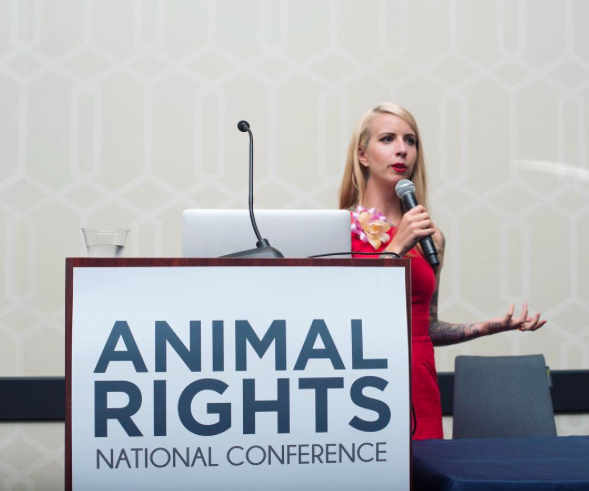 opinion, it’s really changing the lives of animals. For example, Fairfax, VA started doing TNR (trap neuter return) and three years after, their kitten intake went down by about 41%!
opinion, it’s really changing the lives of animals. For example, Fairfax, VA started doing TNR (trap neuter return) and three years after, their kitten intake went down by about 41%!
I believe no kill can happen in my lifetime. There are solutions to this, and we don’t have to be killing animals. People just have to know what to do and I want to create and spread a very simple message.
Hannah receives most of her funding through donations or by selling her Kitten Lady merchandise so check it out!
NOTE: All images are from Hannah’s awesome Instagram feed @kittenxlady
INTERESTING FACTOID: Hannah’s current main squeeze – outside her cats of course – is a former Cat Man Monday! Talk about a power cat couple! Click and find out who it is!

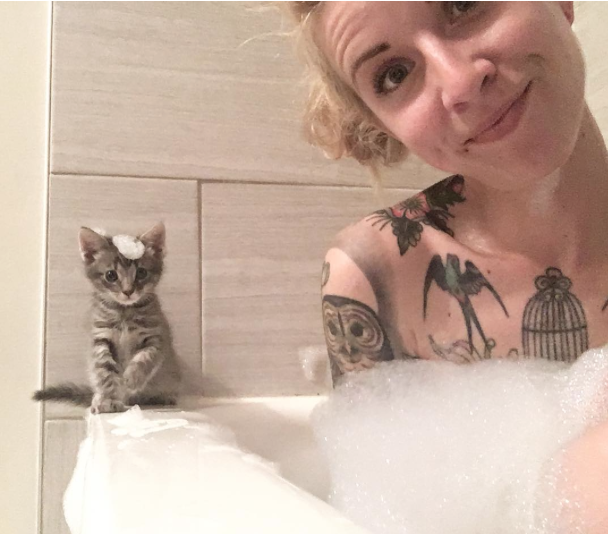
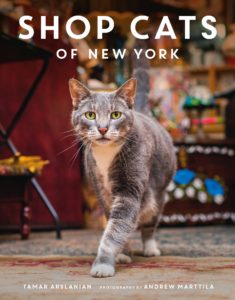
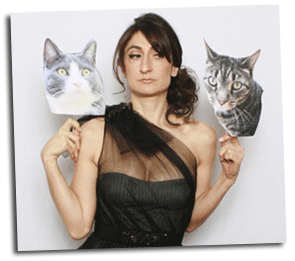



Pingback: Cat Woman Wednesday: The Kitten Lady - Cats n Things
Pingback: Cat Woman Wednesday: The Kitten Lady | Cats N Things